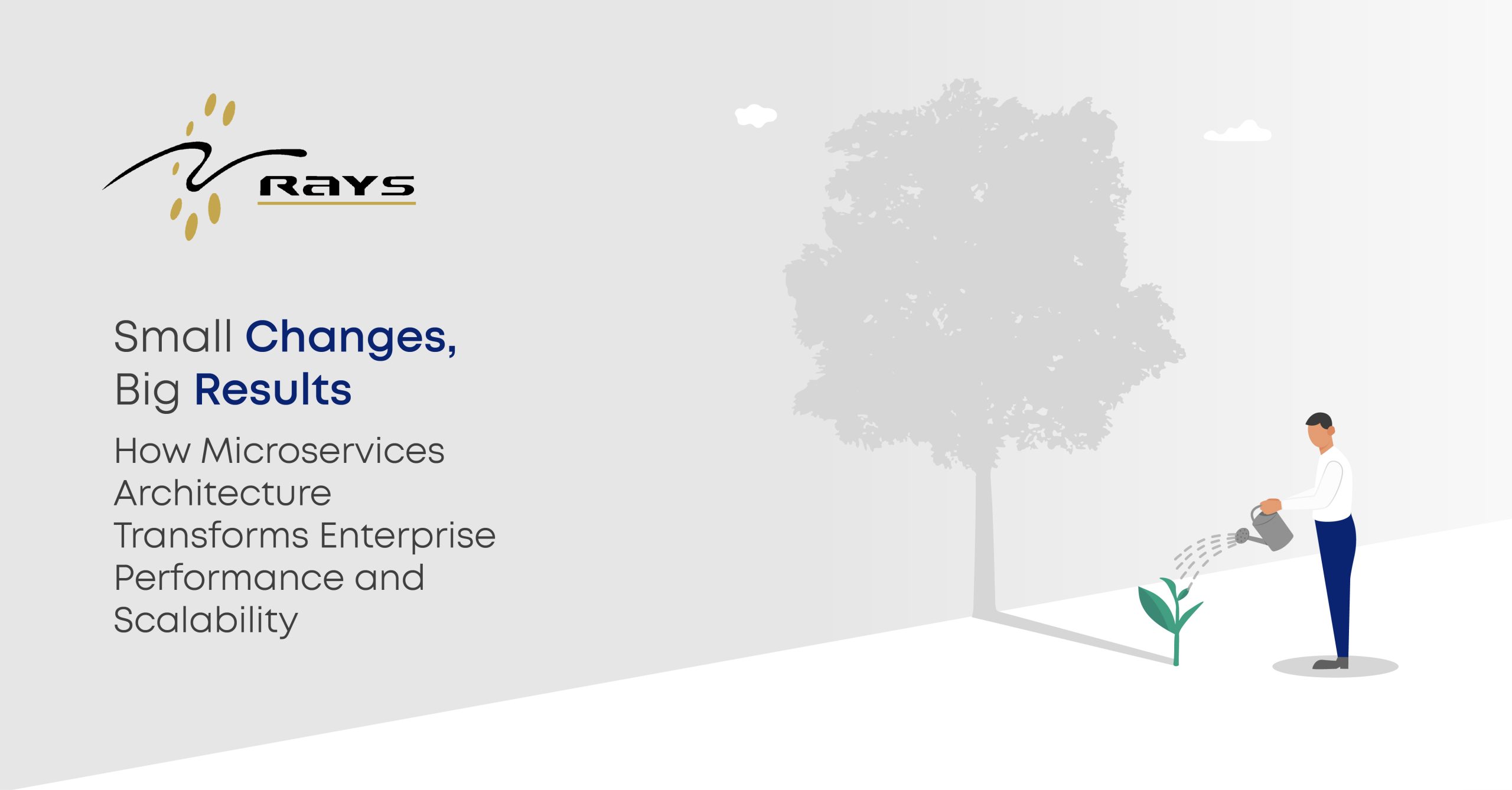What seems small today can reshape your enterprise tomorrow. Let’s be honest—when I first heard about microservices, I dismissed it as just another tech fad. Fast-forward a few years, and I’ve seen firsthand how tiny tweaks in a microservices architecture can spark massive transformations. If monolithic applications are cruise ships—big, slow to turn, and prone to breakdown—microservices are agile speedboats. Each can pivot independently, navigate complex conditions, and together, outperform anything monolithic.
So why do small changes matter so much?
 Contact Rays TechServ to start your microservices transformation—one service at a time.
Contact Rays TechServ to start your microservices transformation—one service at a time.
Why Every CTO Should Sweat the Small Stuff
The difference between a struggling transformation and a wildly successful one often lies in the small details. Not long ago, a frustrated CTO told me their microservices migration was falling flat. The problem? They had recreated monoliths—just in miniature. Microservices aren’t just a structural shift; they demand strategic thinking at a granular level. When done right, the smallest improvements compound into a competitive advantage. API Optimization: Tiny Tweaks, Massive Payoffs APIs are the nervous system of your architecture. Optimize one node, and the entire system responds better.Micro-optimizations in API design can:
- Increase conversion rates
- Improve user satisfaction
- Lower infrastructure costs
- Speed up time-to-value
API Evolution Best Practices That Actually Work
- Semantic Versioning Avoid breaking the ecosystem. Small version upgrades offer big benefits with minimal disruption.
- Contract-First Design Define API behavior before coding begins. It prevents mismatches and integration delays down the line.
- Performance Monitoring Track latency, errors, and usage like your business depends on it—because it does.
- Database Optimizations: The Unsung Hero In a distributed system, a poorly optimized query can ripple across services. Take it from financial firms we’ve worked with: adding a composite index to one high-traffic table reduced CPU usage and cut query times in half—while saving six figures in infrastructure costs.
Winning strategies:
- Database per Service Pattern Autonomy allows each team to optimize without conflict.
- Smart Caching & Read Replicas Speeds up read and reduce DB strain.
- Intelligent Partitioning Prepares your architecture to scale as your data grows.
- Infrastructure Tweaks That Make a Difference Containerized environments thrive on small, precise configurations.
- Here’s what makes the biggest impact: Resource Allocation: Fine-tuning CPU/memory settings dramatically improves stability and reduces cloud bills.
- Health Checks: Smart readiness probes prevent cascading failures.
- Service Mesh: Add observability, security (mTLS), load balancing, and resiliency—one proxy at a time.
- When Milliseconds Mean Millions Milliseconds may seem minor—until you scale.
- Ride-sharing companies improve GPS services to match drivers and passengers faster.
- E-commerce giants cut API response times, boosting conversions and revenue.
- Social platforms scale only the high-demand services during peak hours, keeping costs down and performance up.
- Learning from the Giants
Why Continuous Improvement Beats Big-Bang Overhauls
You don’t need a massive migration to see big gains. Enterprises that adopt a culture of constant small improvements consistently outperform their peers. Small changes are:- Less risky
- Easier to test
- Faster to implement
- Easier to roll back if needed
Culture Shift: The Real Secret to Microservices Success
The architecture alone isn’t enough. Your teams need freedom, ownership, and data.- Team Autonomy: Let teams make improvements without red tape.
- Monitoring & Metrics: Visibility leads to action.
- Experimentation Culture: Fail small, learn fast, win big.
How Rays TechServ Turns Microservices Into Business Wins
At Rays TechServ, we don’t believe in one-size-fits-all blueprints. We identify and act on the smallest optimizations with the biggest payoff. Our Proven Approach:- Strategic Assessment: We find your most impactful microservice candidates.
- Gradual Migration: No big-bang risks—just step-by-step evolution.
- Performance Engineering: We fine-tune APIs, databases, and infrastructure for long-term gains.
Real-World Impact: What We’ve Achieved
- Manufacturing Optimized inventory microservices = real-time tracking, fewer stockouts, and significant savings.
- E-commerce Improved API caching & recommendations = better load times, higher conversions, and traffic-resilient infrastructure.
Why Partner with Rays TechServ?
- 23+ Years of Tech Expertise
- Business-First Mindset: Every change is ROI-driven.
- Continuous Support: Optimization doesn’t stop after deployment.
- Proven Success: From legacy systems to modern architecture, we’ve done it all.
What’s Next? Prepare for the Future, One Small Step at a Time
Microservices set the stage for:- AI adoption via service-level integration
- Edge computing with decentralized, lightweight services
- Serverless evolution and finer-grained cost control
Final Thought: Start Small, Win Big
In microservices, small improvements lead to massive outcomes. One faster API. One better container config. One smarter caching layer. These are the changes that separate legacy-bound enterprises from future-ready leaders. Ready to see what small changes can do for your enterprise? Let’s talk. Contact Rays TechServ to start your microservices transformation—one service at a time.
Contact Rays TechServ to start your microservices transformation—one service at a time.  +1 (301) 610-3555
+1 (301) 610-3555
 +1 (301) 610-3555
+1 (301) 610-3555
 +91 70161 27118
+91 70161 27118





